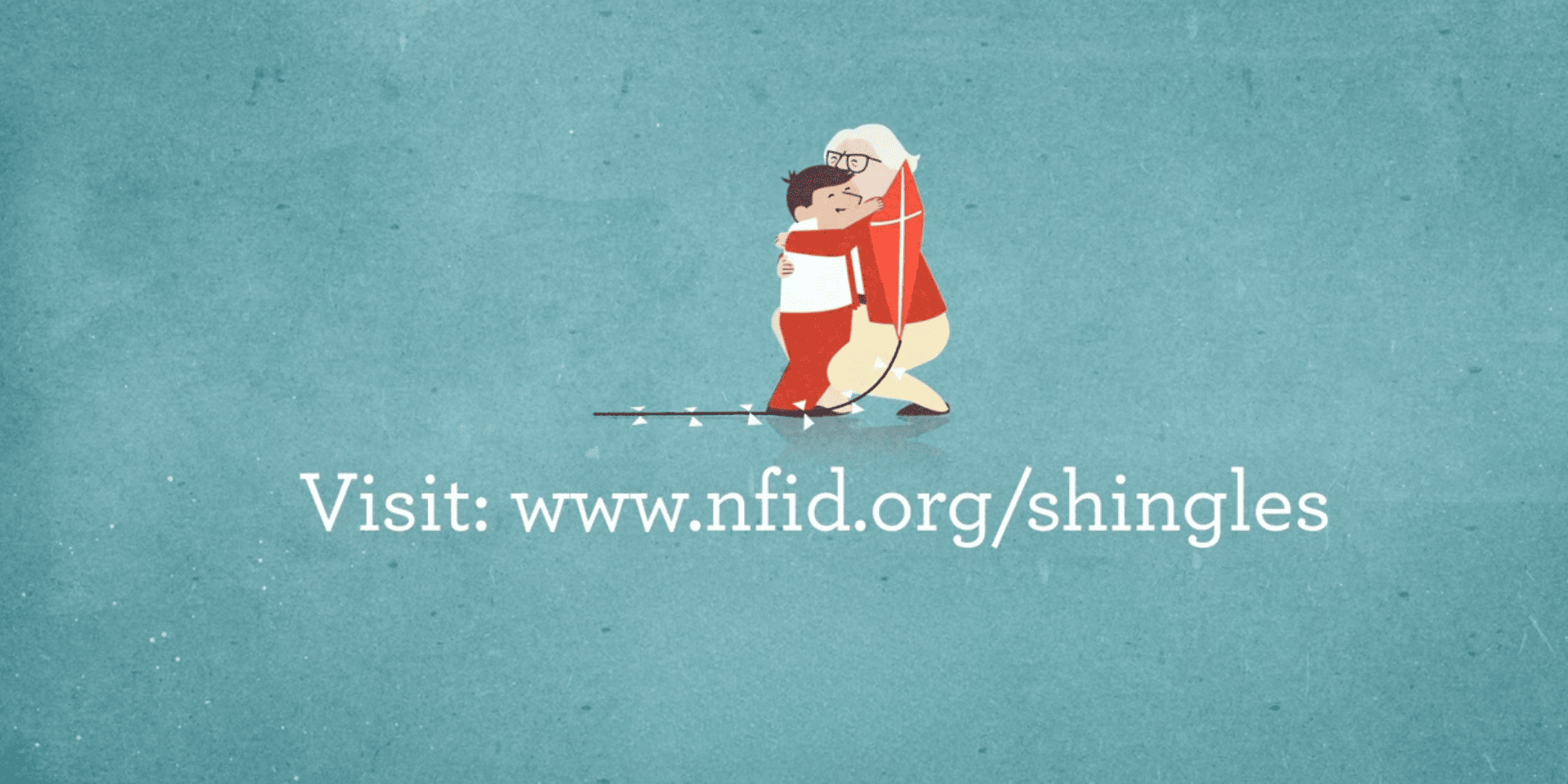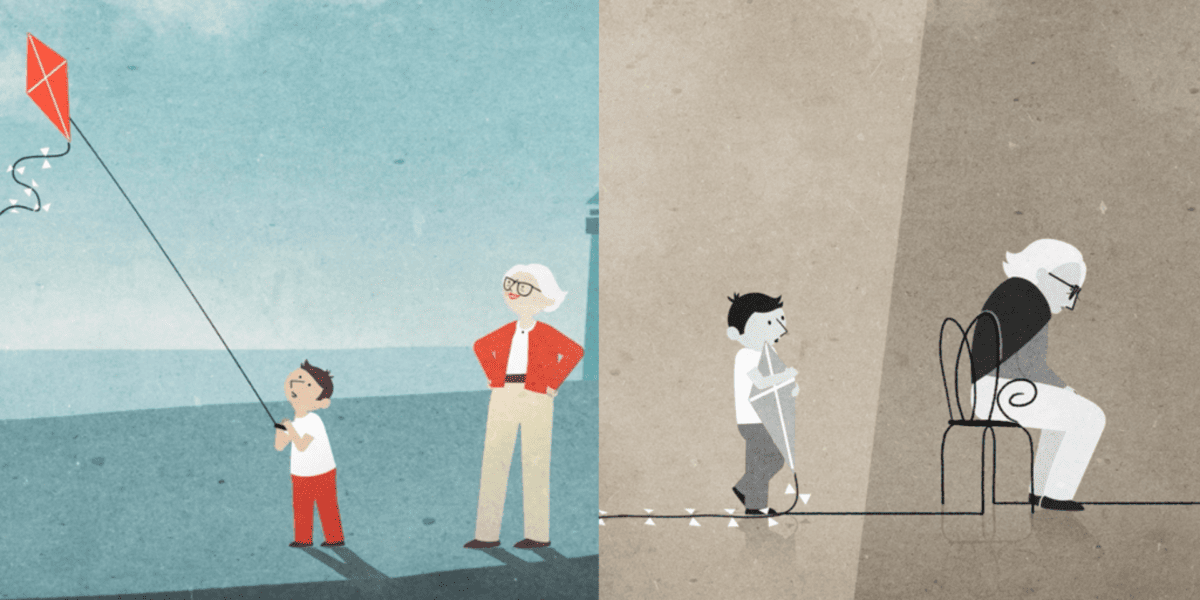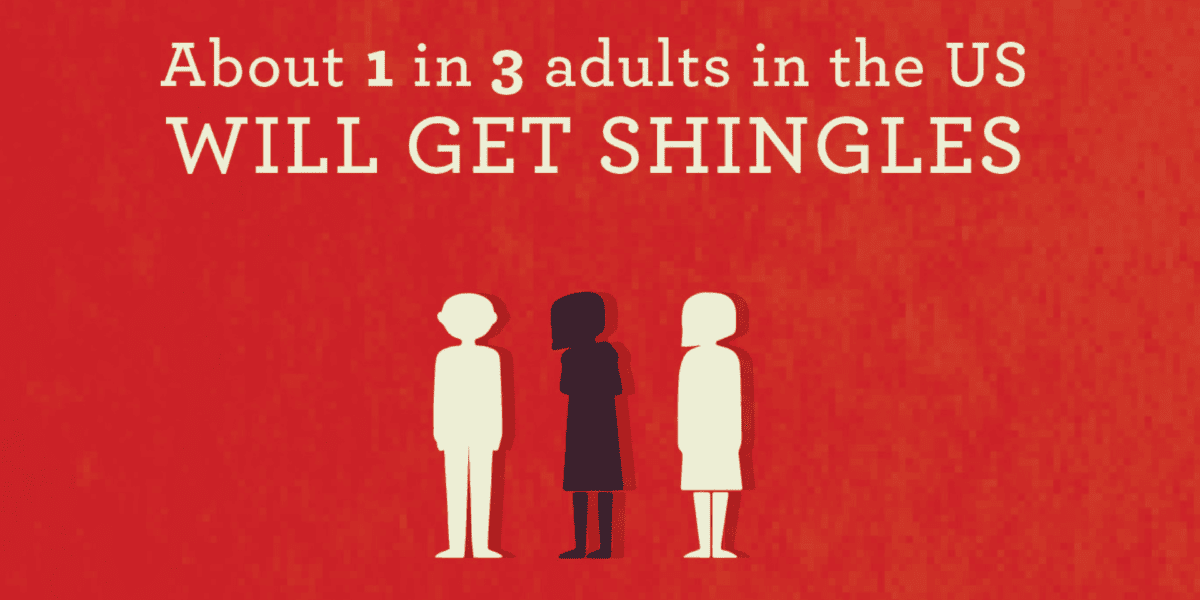
Myth: The biggest problem about shingles is dealing with the rash.
Fact: Though rash is one of the defining characteristics of shingles, pain is actually a very common and troubling symptom of shingles.
The pain associated with shingles can be severe. It may begin two to four days before the rash appears and it can last long after–sometimes up to a year or more. The pain that lasts after the rash has healed is called post-herpetic neuralgia (PHN), that has been described as burning, stabbing, throbbing, and/or shooting pain. Other symptoms include long-term nerve pain, fever, headache, chills, upset stomach, muscle weakness, skin infection, scarring, and decrease or loss of vision or hearing.
Myth: Shingles is very rare.
Fact: In the US, about 1 million individuals get shingles every year and half of the population who lives to age 85 years will experience shingles during their lifetime. You have a greater chance of getting shingles as you get older; so, as the population ages, it is likely that more people who do not get vaccinated will get shingles every year.
Myth: There is nothing I can do to avoid getting shingles.
Fact: There are safe, effective vaccines available to help prevent shingles. Vaccination is the best way to reduce your chance of developing shingles. If you do get shingles, the vaccine can reduce your chances of long-lasting pain.
Shingles vaccination is recommended for all healthy adults age 50 years and older, and for adults age 19 years and older who have weakened immune systems because of disease or therapy.
The pain associated with shingles can be very severe and may last weeks, months, or even years after it begins, so don’t let a preventable disease like shingles interfere with your quality of life. Shingles vaccine is available in pharmacies and doctor’s offices. Talk with your healthcare professional if you have questions about shingles vaccination.
Myth: Shingles is the same disease as the chickenpox.
Fact: Although shingles and chickenpox are caused by the same virus, they are not the same illness. Chickenpox is usually a milder illness that affects children. Shingles results from a re-activation of the virus long after the chickenpox illness has disappeared. While it typically resolves in about a month for most people, it can also cause severe and long-lasting pain that is very difficult to treat.
Myth: Shingles only affects older people.
Fact: Shingles typically affects older people, but it can also occur in healthy younger persons and even in children. Those whose immune systems have been weakened by HIV infection, AIDS, cancer, or treatment with certain drugs are also at increased risk of getting shingles.
Related Resources

Don’t Let Shingles Interfere with Your Life
Animated videos on the importance of shingles vaccination for adults

Shingles Awareness: Sample Social Media Posts and Graphics
Shingles Sample Social Media Posts & Graphics
